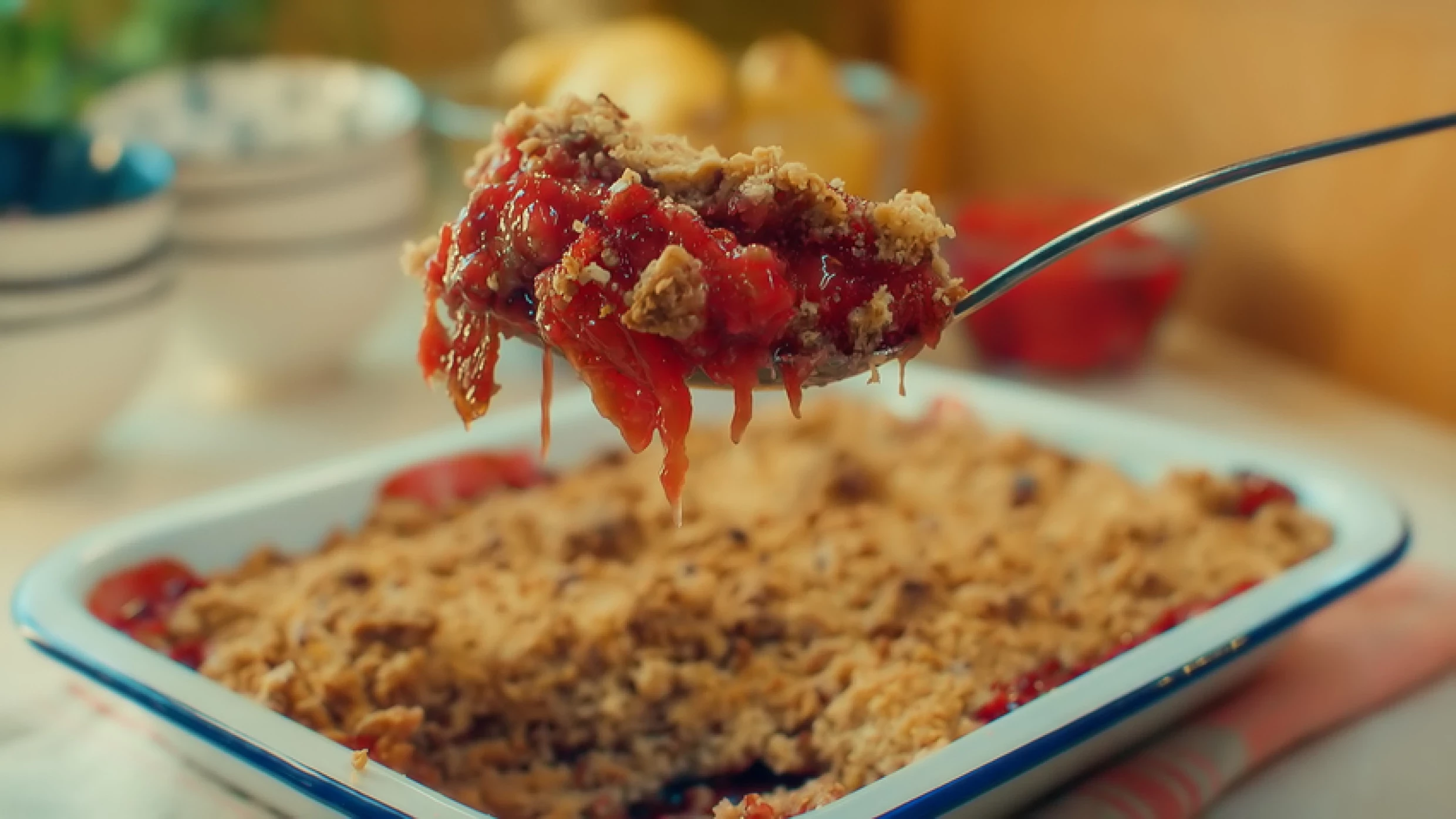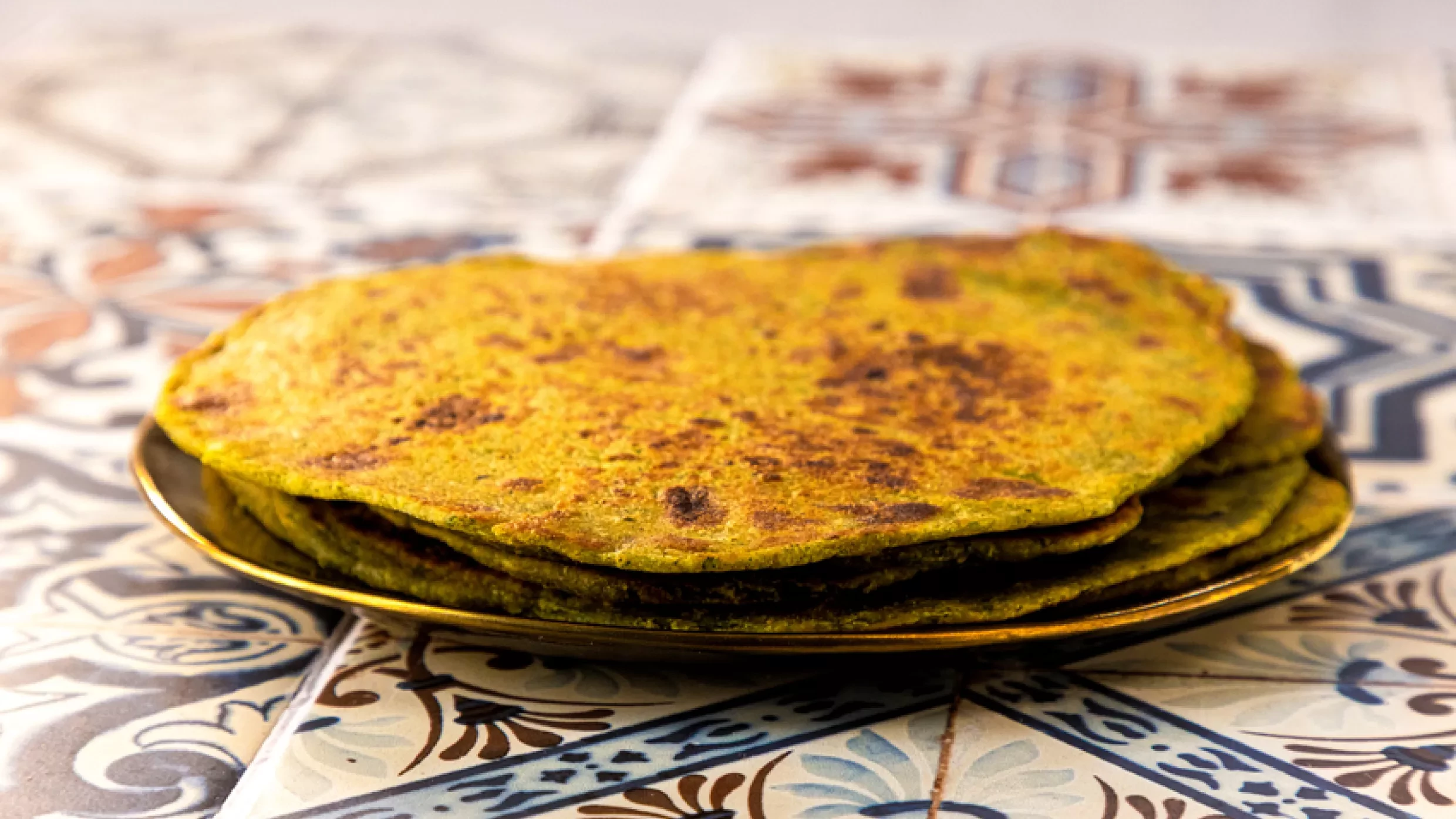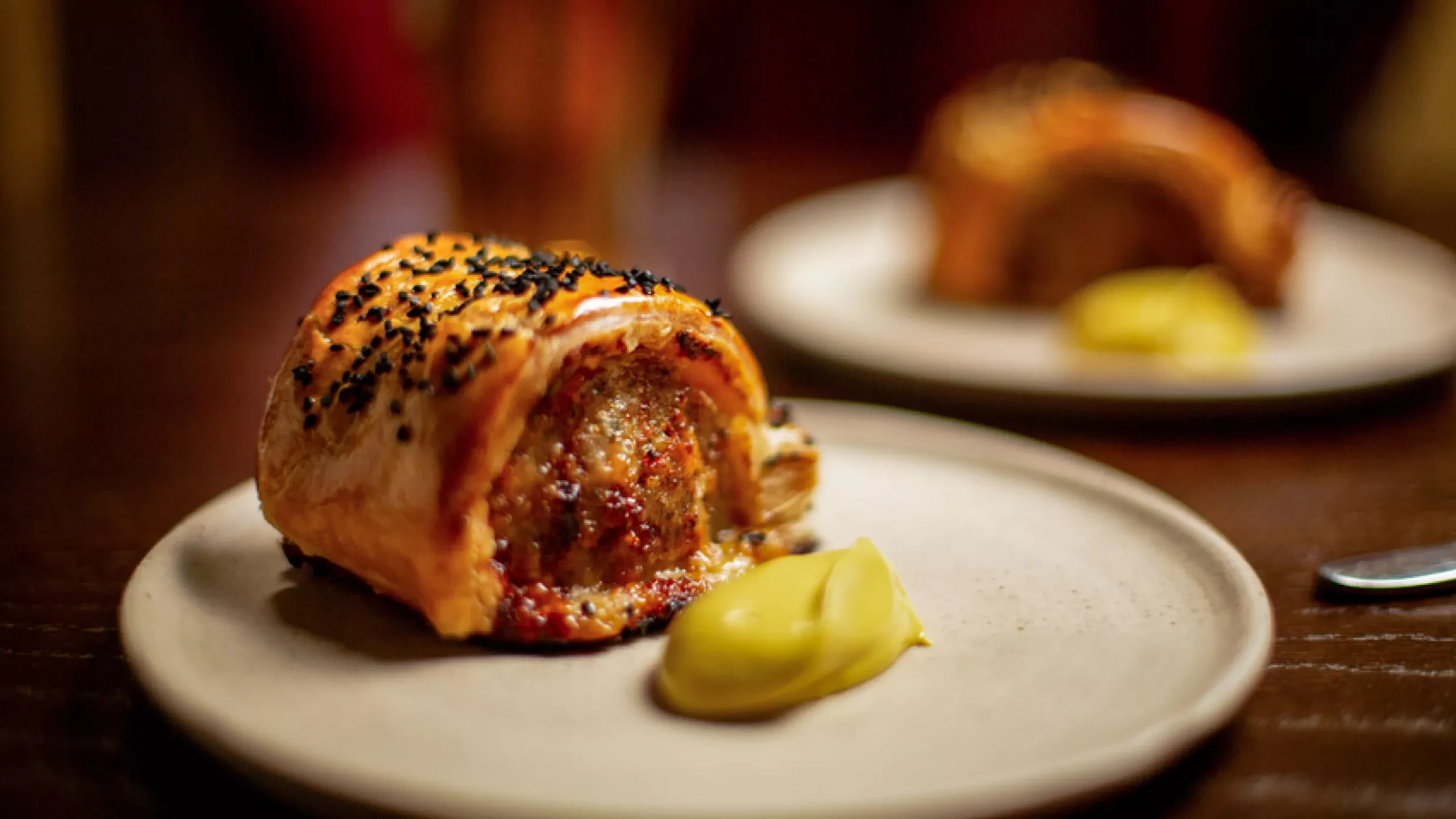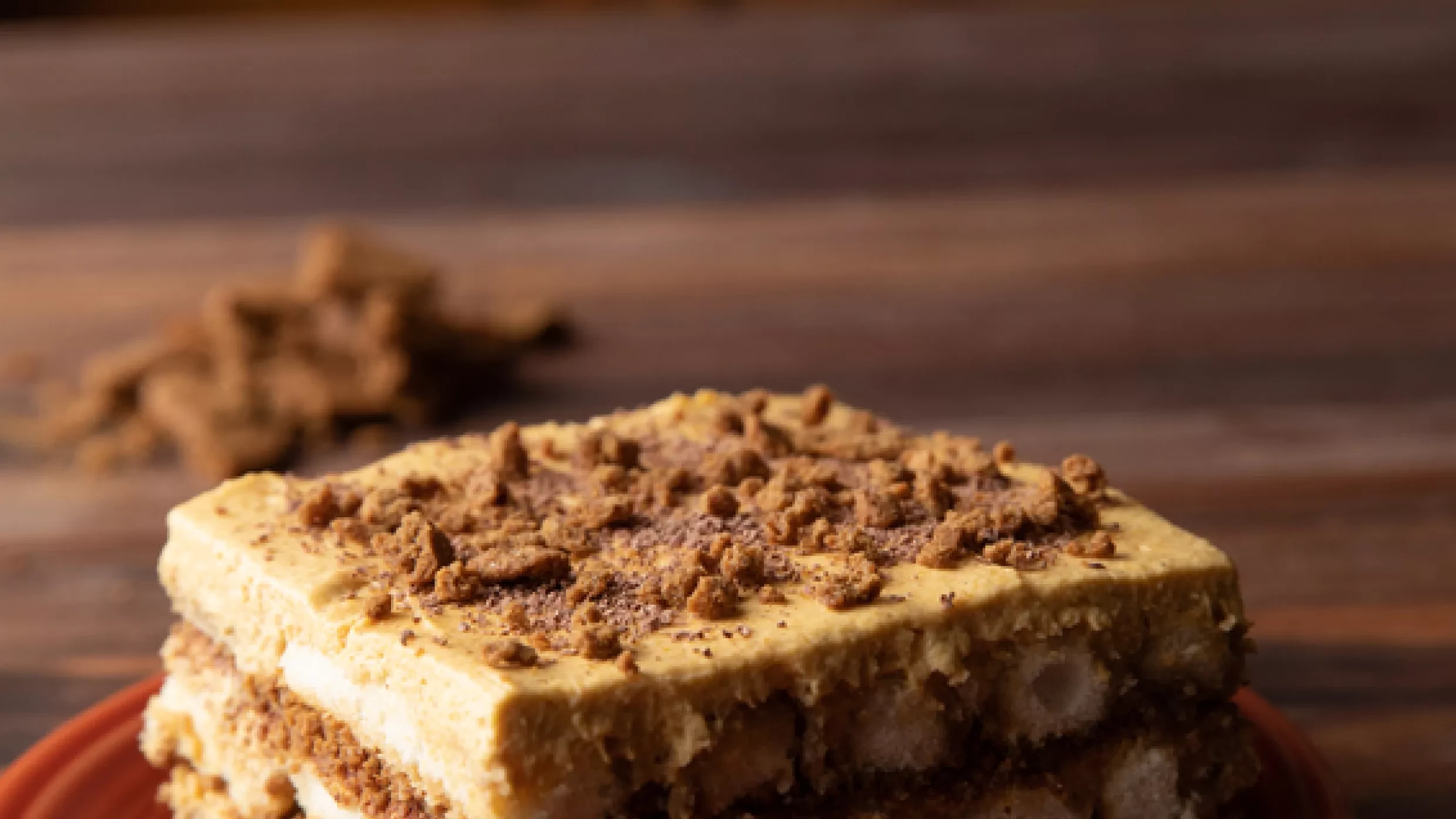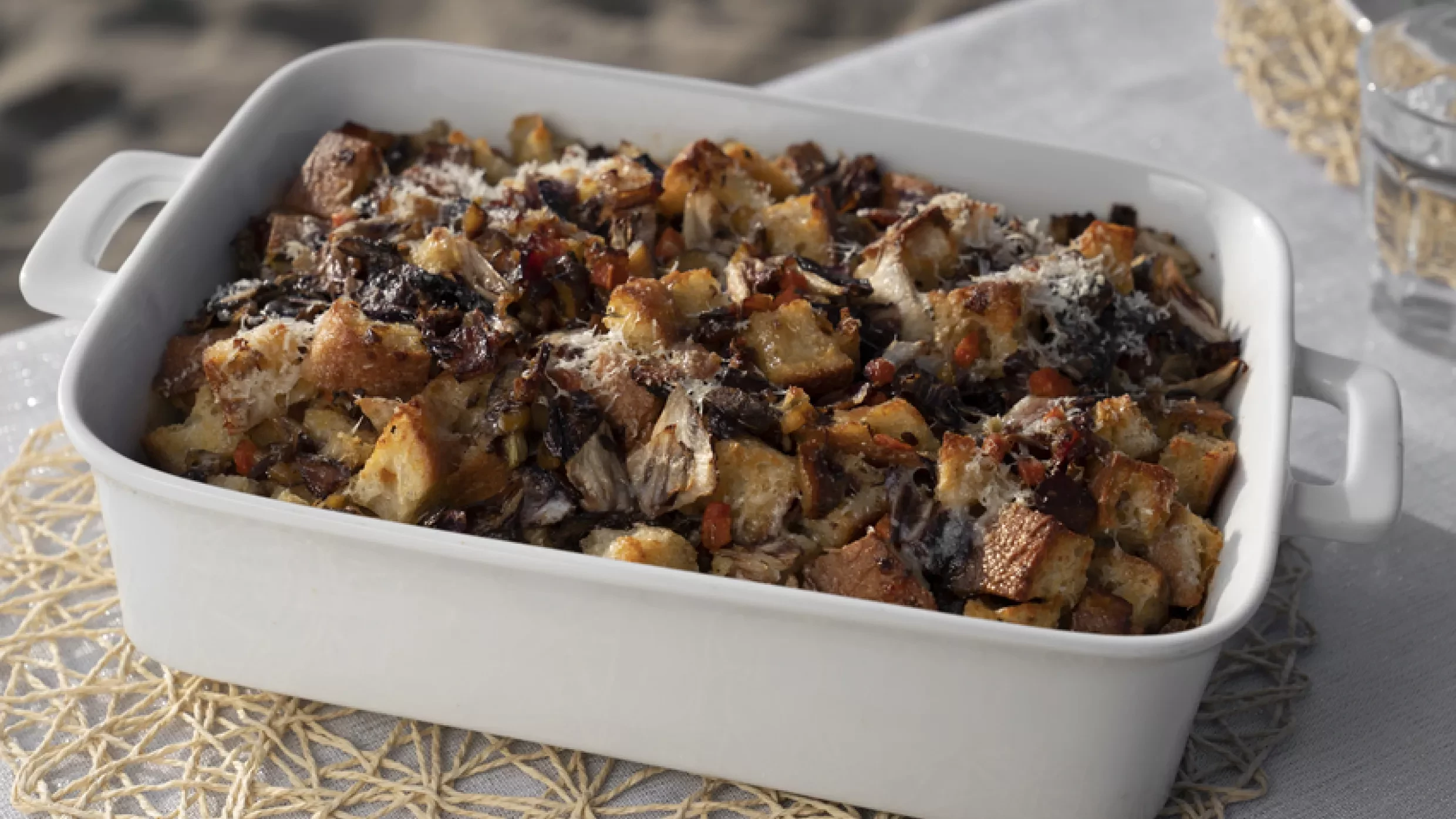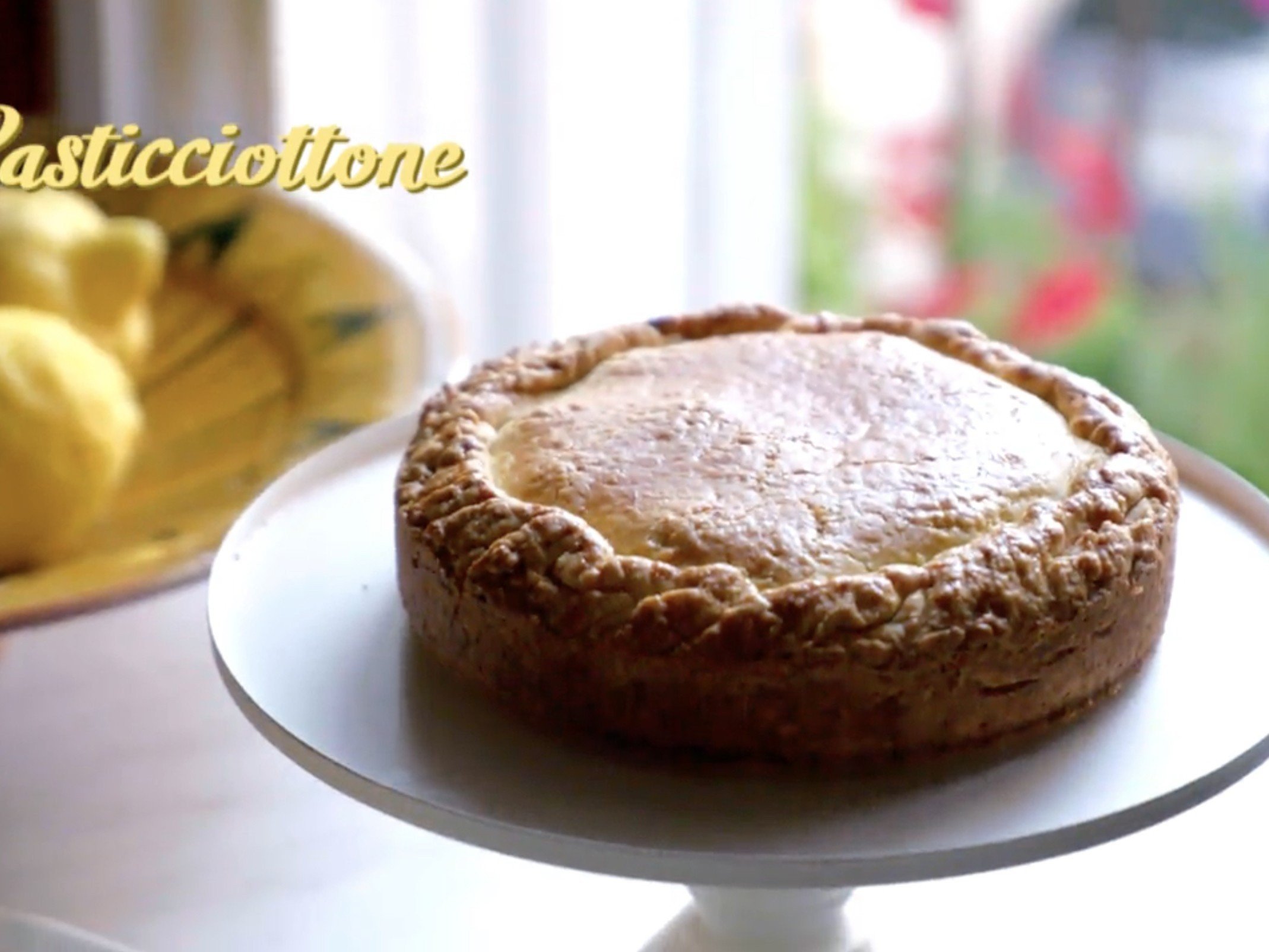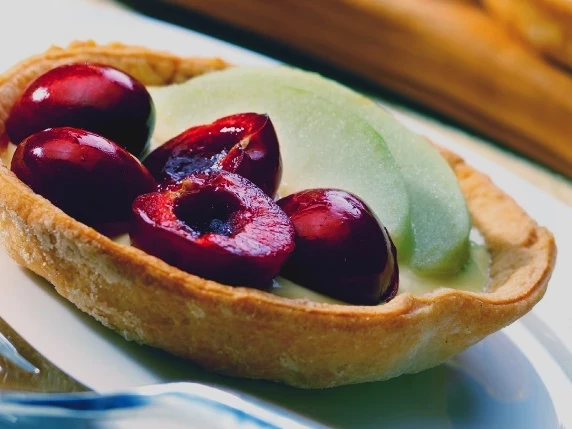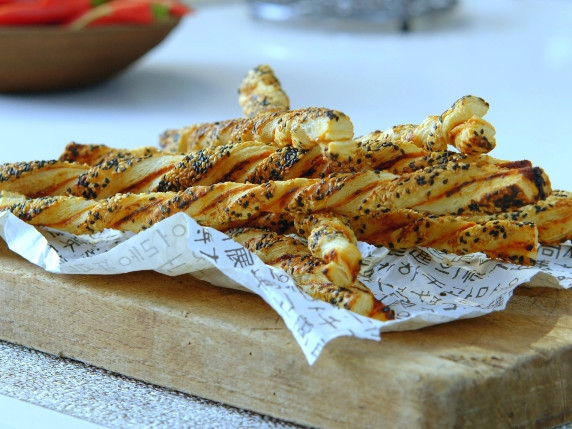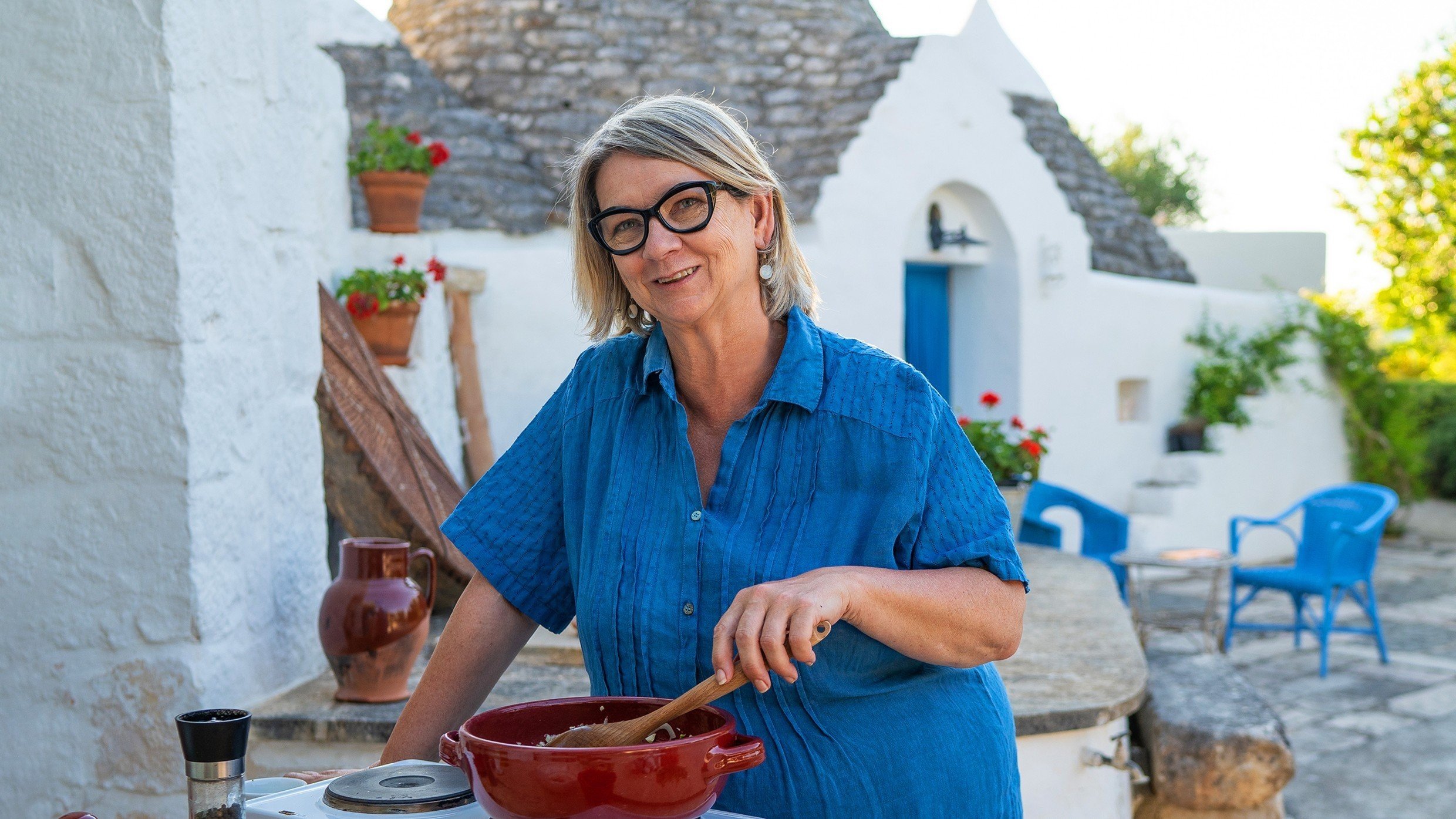Portuguese Custard Tarts (Pastel de Nata)
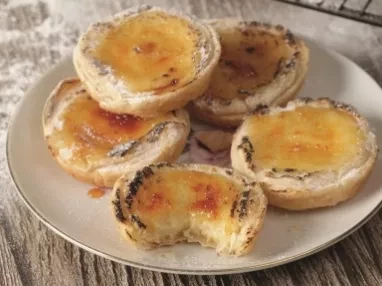
This mouth-watering recipe is ready in just 30 minutes and the ingredients detailed below can serve up to 12 people.

Ingredients
Method
Delicious with hot coffee, these moreish Portuguese custard tarts are found in many guises all over the globe but allegedly originated in Jerónimos Monastery in Lisbon before the 18th century. According to Portuguese medieval history, the convents and monasteries produced large numbers of eggs. The whites were in demand for starching clothes and clearing wines so the leftover egg yolks were often used to make confections, resulting in a proliferation of sweet pastry recipes throughout the country. If you’re seeking one of the best versions in the UK, seek out Lisboa Patisserie in West London.
1. Roll out the puff pastry on a lightly floured surface, to a thickness of approximately 3mm and cut out 12 discs using an 8cm round plain pastry cutter.
2. Place one disc into each well of a 12-hole cupcake tin, pressing them in gently. Prick three holes in the base of each disc then place in the fridge to rest for 20 minutes.
3. Preheat the oven to 190°C.
4. Pour the cream, milk and vanilla into a saucepan and heat until just below boiling.
5. Meanwhile, whisk the yolks, cornflour, lemon zest, lemon juice and sugar together in a large bowl to make a paste.
6. Pour the hot cream mixture into the bowl while stirring, then pour the contents of the bowl back into the saucepan. Gently heat for approximately one minute, stirring constantly, until it begins to thicken. Be careful not to boil the mixture.
7. Remove from the heat and pour the custard into the puff pastry cases to approximately ¾ full then bake for 30 minutes or until the puff pastry is golden brown.
8. To add an extra bit of colour, sprinkle caster sugar over the tops of the tarts and gently run a cook’s blowtorch over the surface of the custard until it is slightly caramelised.
Recipe courtesy of Mark Tilling

